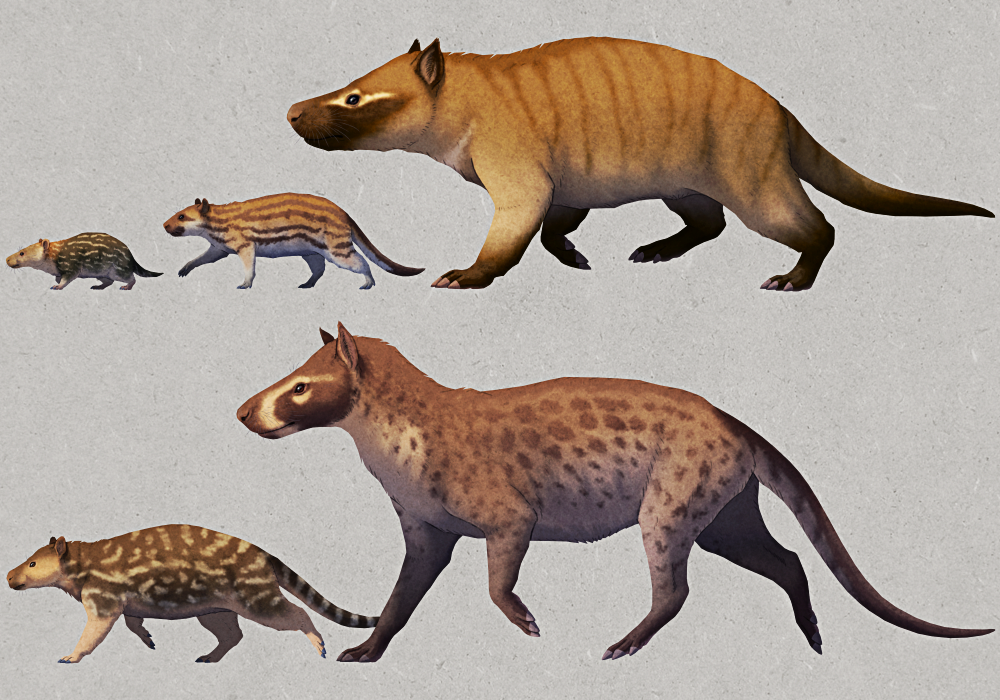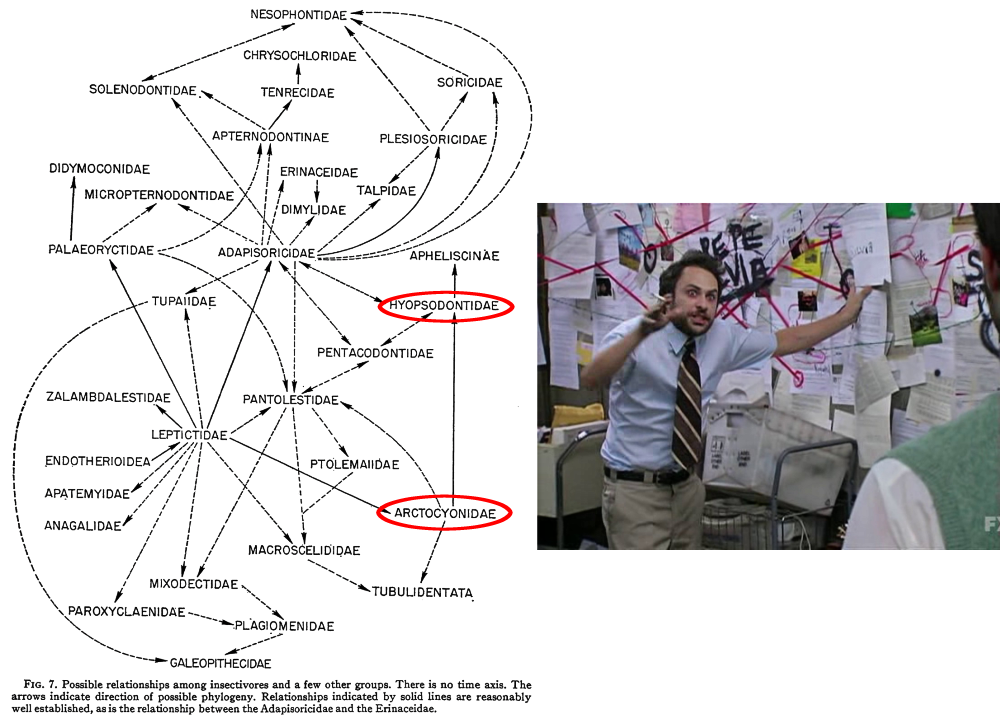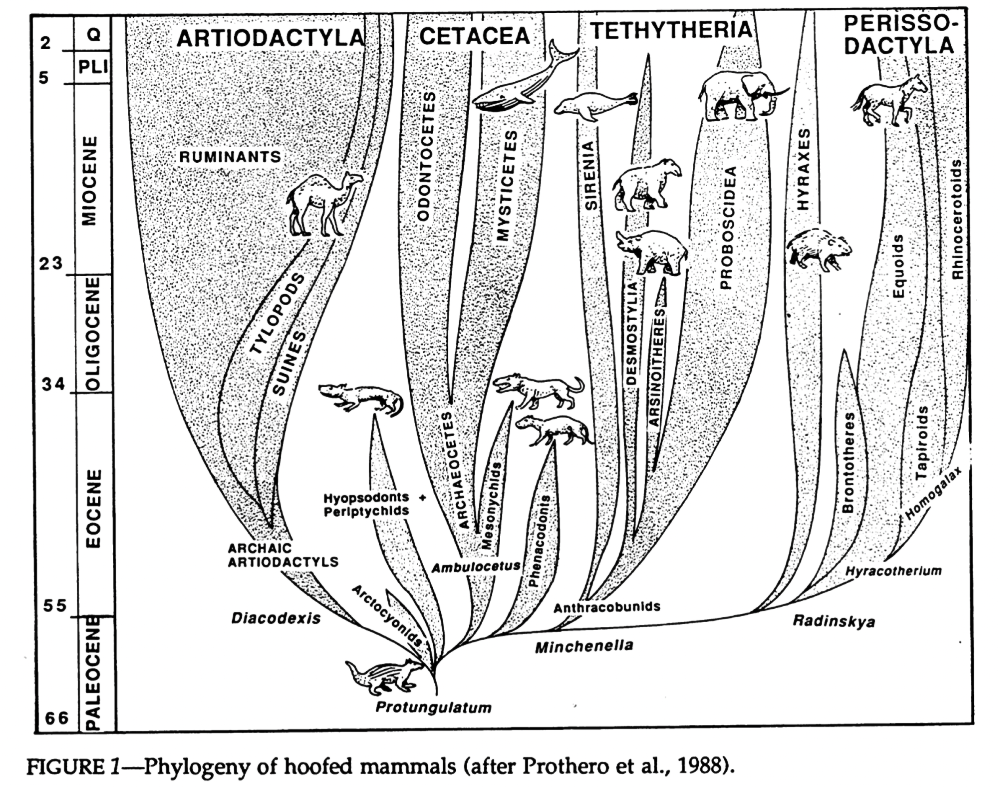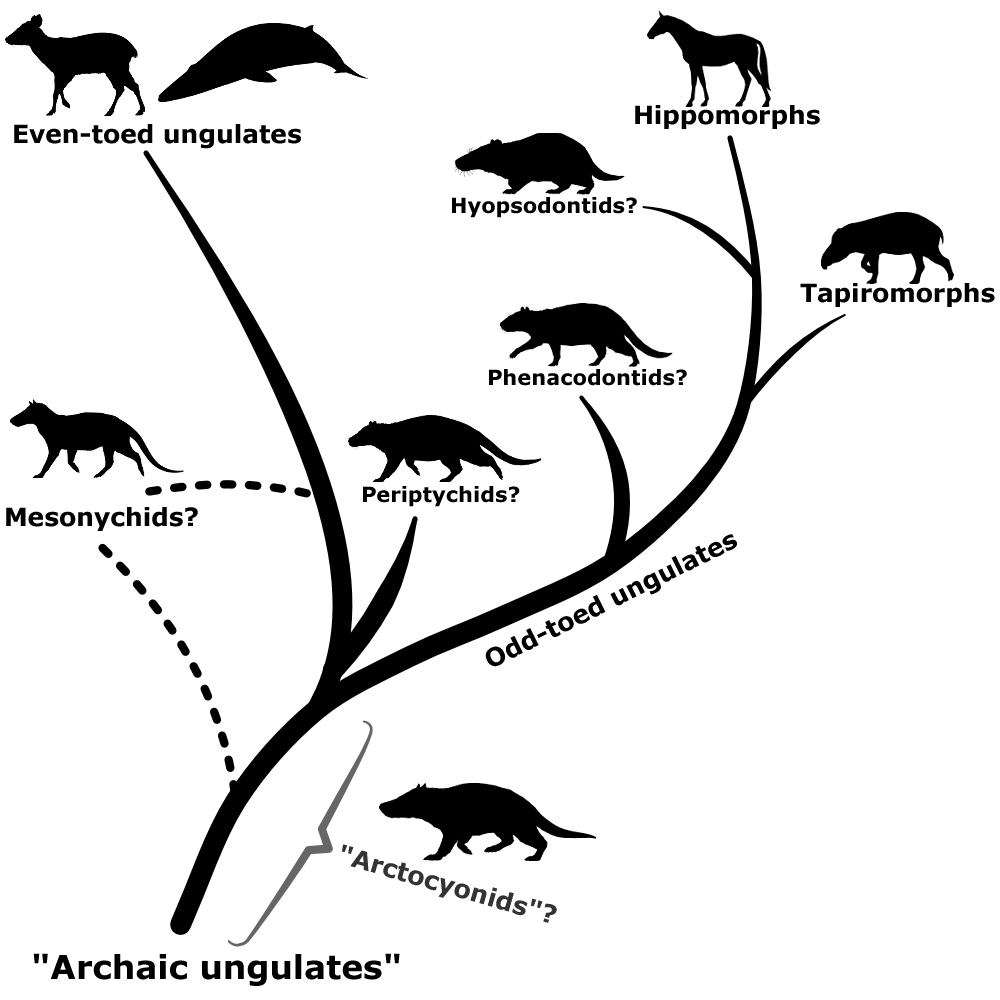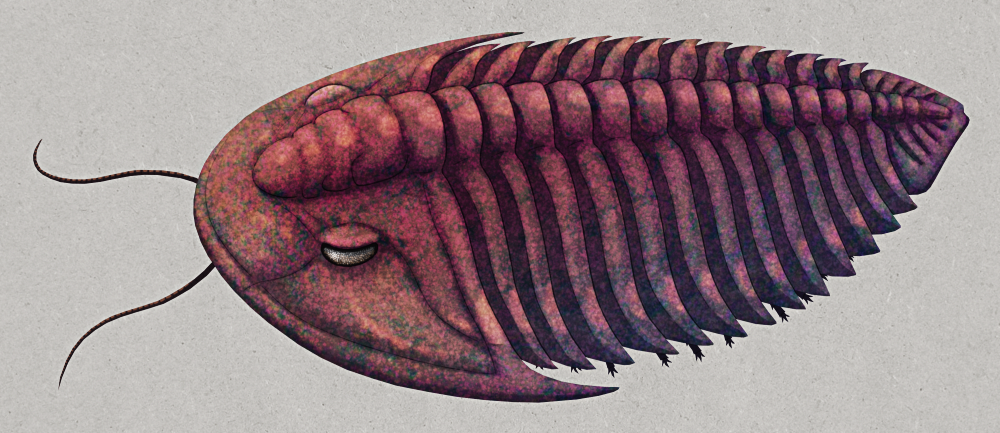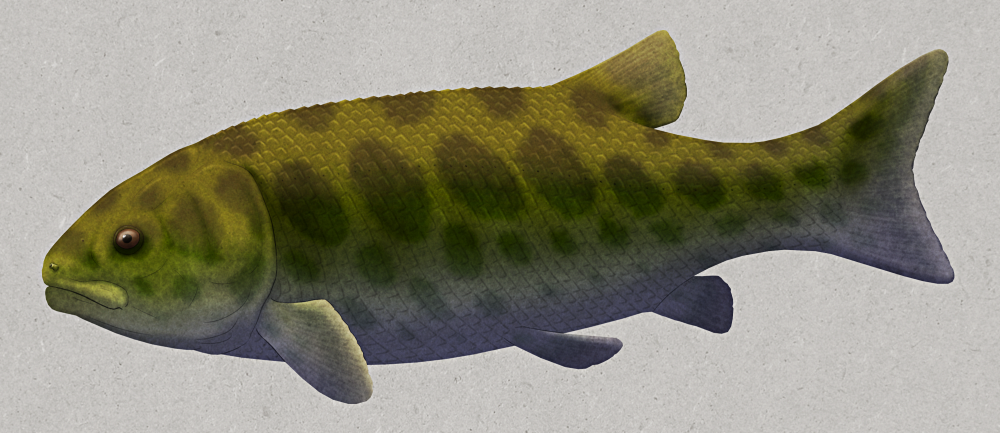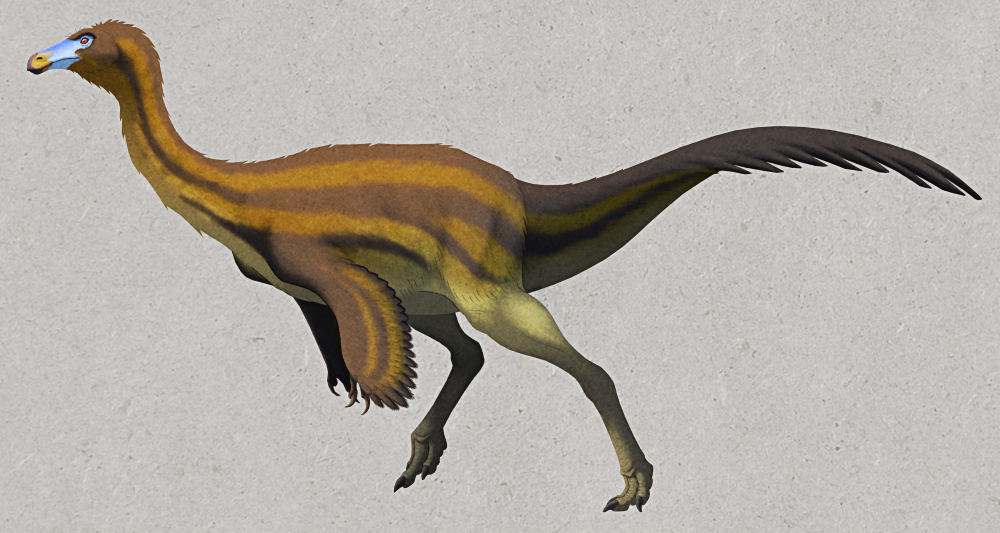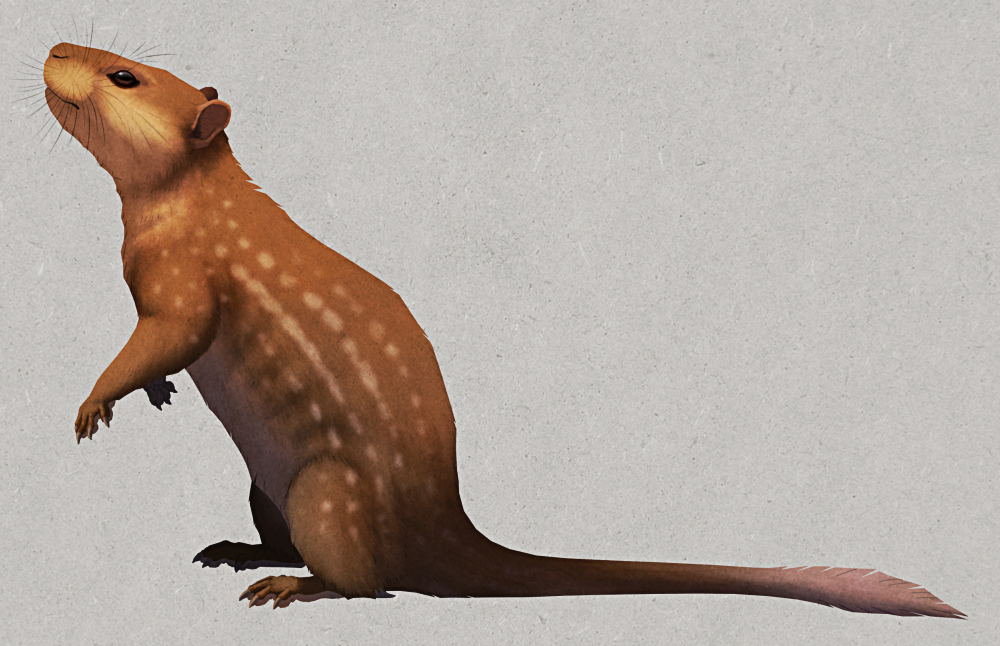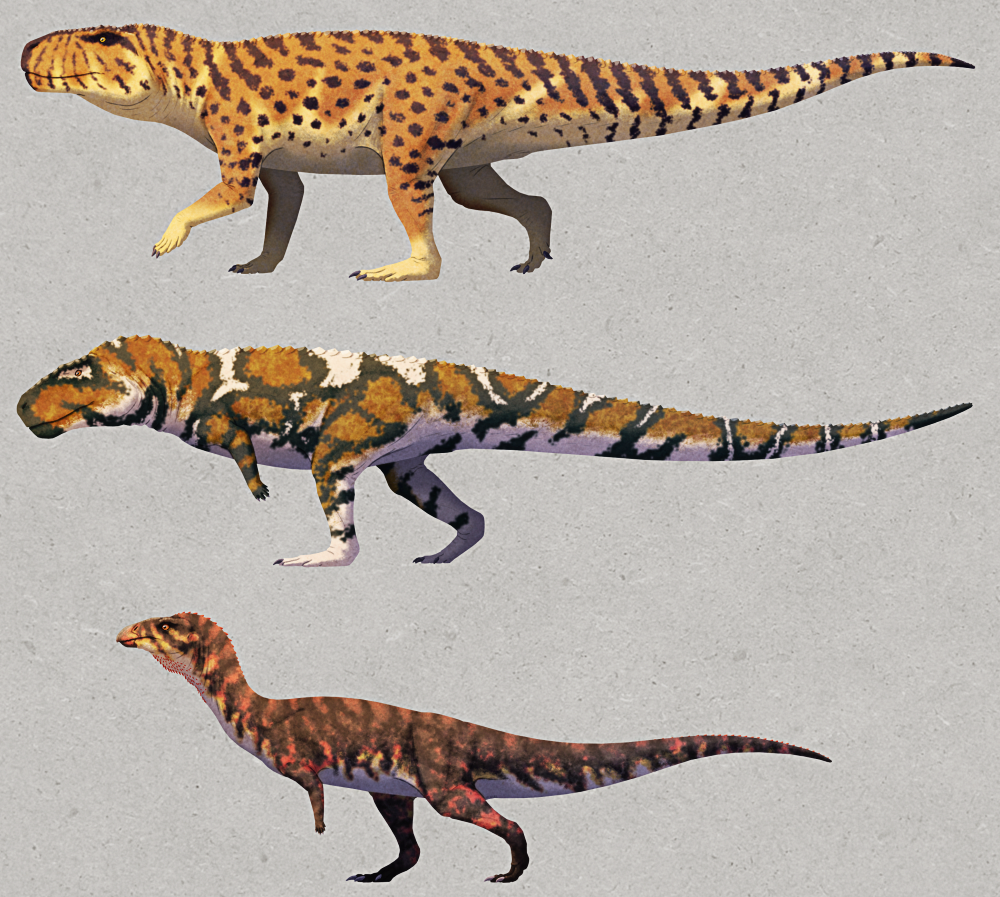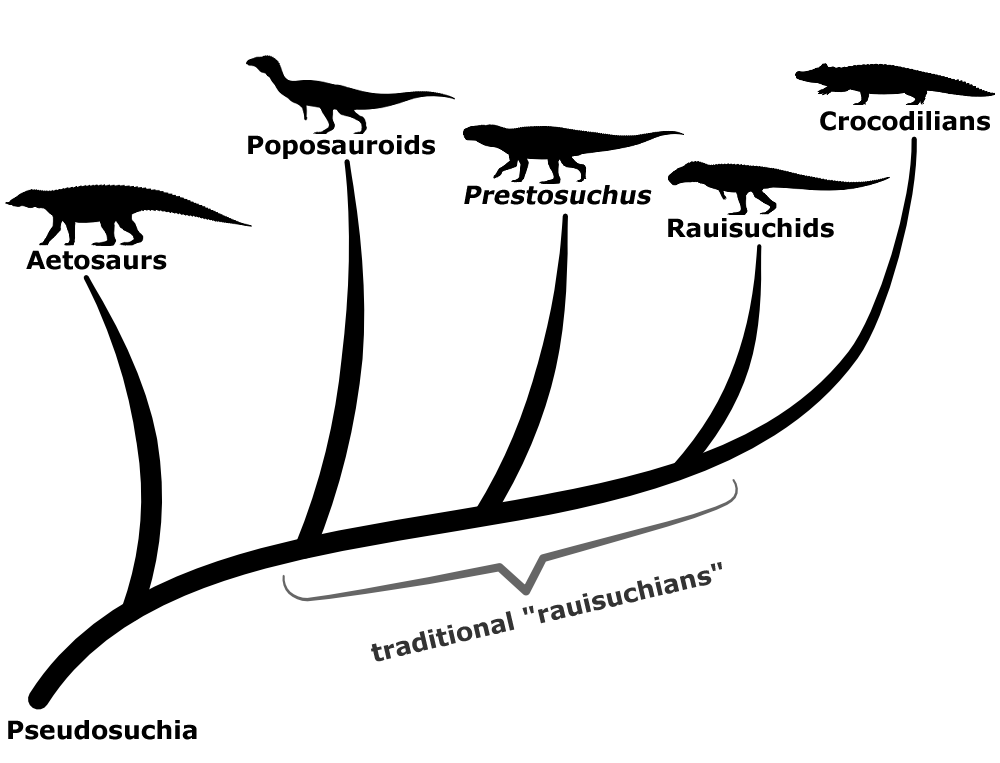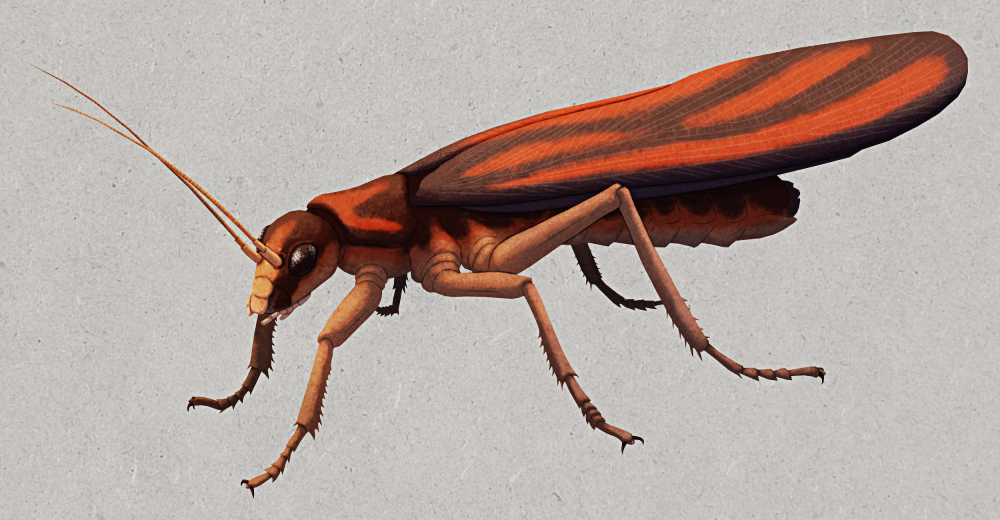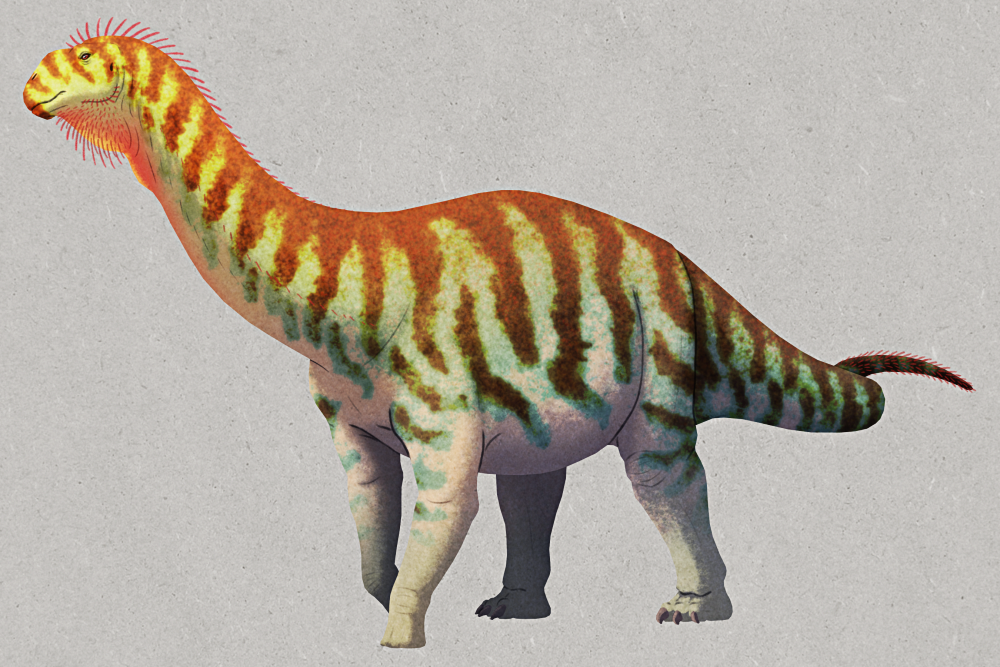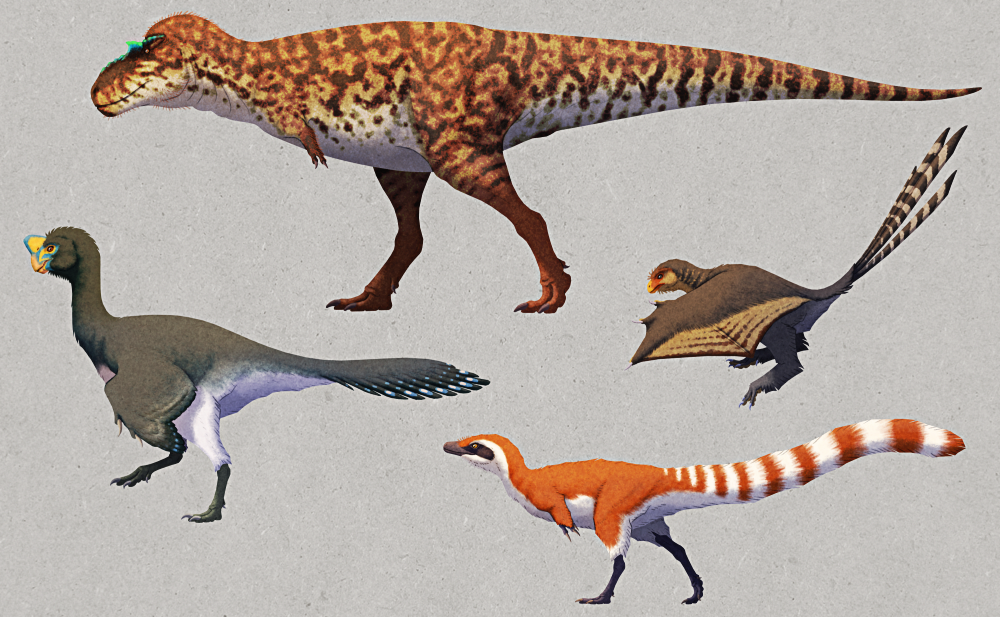A wastebasket taxon is what happens when species can’t be easily classified and instead get hurled into a “catch-all” category.
…But that’s not the only kind of taxonomic tangle that can befall a new discovery.
When a scientific name is assigned to a new species, but it isn’t given a corresponding formal description and type specimen, it becomes a nomen nudum – a “naked name”. Without a proper description and assigned holotype the name isn’t valid, and the new species isn’t technically accepted by the wider scientific community.
This has even happened to some surprisingly famous names. In the 1920s Velociraptor mongoliensis was briefly given the nomen nudum “Ovoraptor djadochtari” before getting its much more familiar name when it was officially described. Meanwhile the giant pterosaur Quetzalcoatlus northropi was stuck as a nomen nudum for decades, only finally getting a proper published description in 2021.
And there’s another particular long-standing nomen nudum that became mildly infamous – “Thotobolosaurus”, the “trash heap lizard”.
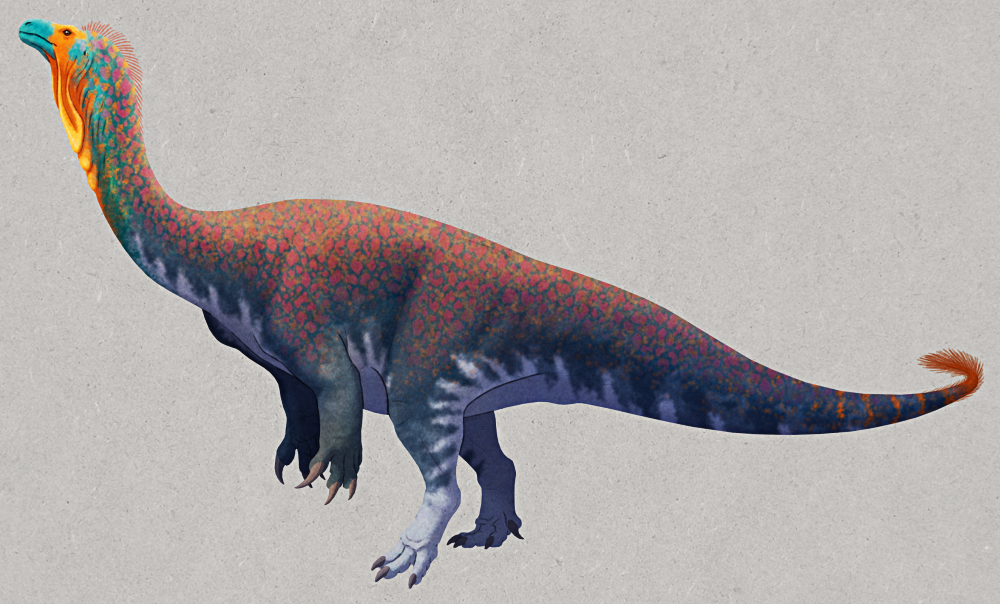
Discovered next to a literal trash pile in the village of Maphutseng in Lesotho, a few scattered and broken bones of this “prosauropod” sauropodomorph dinosaur were first found in 1930. But it wasn’t until the mid-1950s that a more extensive bonebed began to be unearthed at the site, and over the next decade over 1000 fossil fragments were collected.
In the mid-1960s the remains were initially classified as belonging to Euskelosaurus browni (which is now considered to be a wastebasket taxon), but just a few years later in 1970 the “Maphutseng Beast” was re-evaluated as a species new to science. It was referred to as “Thotobolosaurus mabeatae” – based on the local name of the discovery site, “Thotobolo ea ‘Ma-Beata” (trash heap of Beata’s mother) – but this name was never actually formally published.
Despite “Thotobolosaurus” being an undescribed nomen nudum it nonetheless went on to be repeatedly referenced in scientific literature over the next few decades, and appeared in several popular dinosaur books (even as recently as 2020!).
In the mid-1990s it was alternatively named “Kholumolumosaurus ellenbergerorum” in a Ph.D. dissertation, with this name derived from the kholumolumo, a reptilian creature in Sotho mythology, and the Ellenberger brothers who worked on the site. But this also didn’t count as a formal publication and instead became a second nomen nudum for the species.
Eventually, 90 years after the first bones were found and 50 years after the debut of the name “Thotobolosaurus”, this long-neglected sauropodomorph was finally given a proper published full anatomical description in 2020.
And it also got a third name, this time officially valid, based on the second one from the 1990s: Kholumolumo ellenbergerorum.
For something associated with trash for so long, Kholumolumo is actually now one of the most completely-known prosauropods. At least five different individuals were present in the collected fossil material, possibly as many as ten, and between them most of the full skeleton is represented – with the exception of the skulls, which are only known from a couple of small fragments.
We now know Kholumolumo was rather heavily-built, with chunky limb bones and unusually short shinbones. It would have been one of the biggest animals around in the Late Triassic (~210 million years ago), measuring at least 9m long (~30′) and weighing around 1.7 tonnes (1.9 US tons), but despite its size it seems to have still been bipedal.
Due to the highly disarticulated nature of the bones the fossil site may have been a “bone accumulation area”, a place where dismembered bits and pieces of different carcasses were regularly carried to be eaten by a predator or scavenger – essentially a trash heap, fittingly enough. A couple of “rauisuchian” teeth have actually been found among the remains, which might indicate what was chomping on these particular Kholumolumo.

